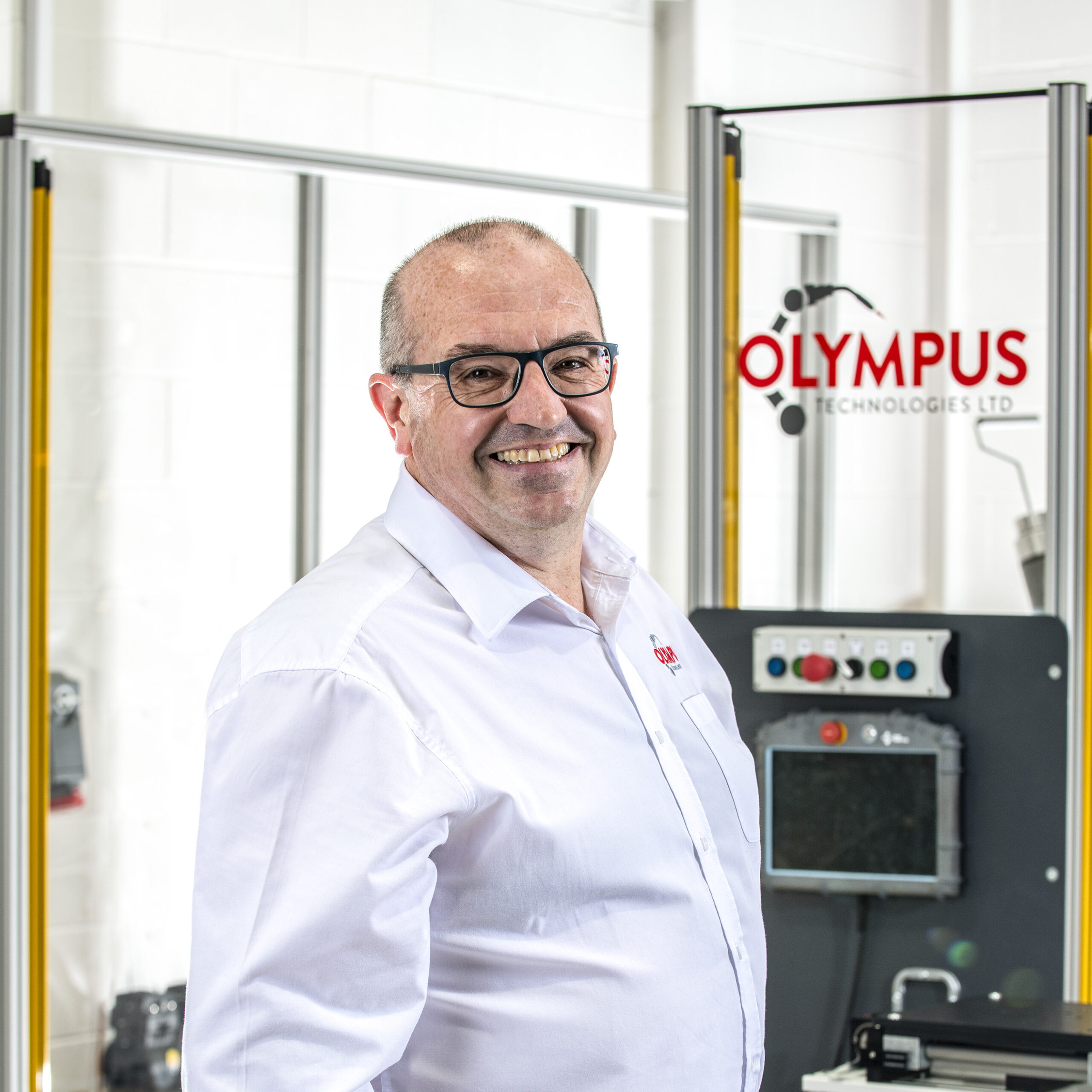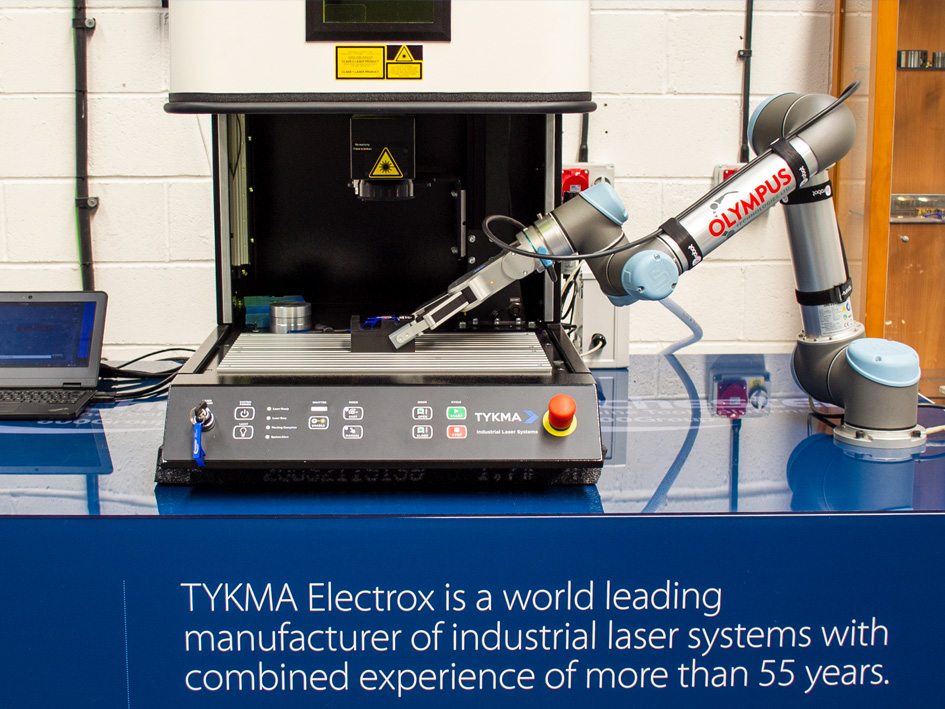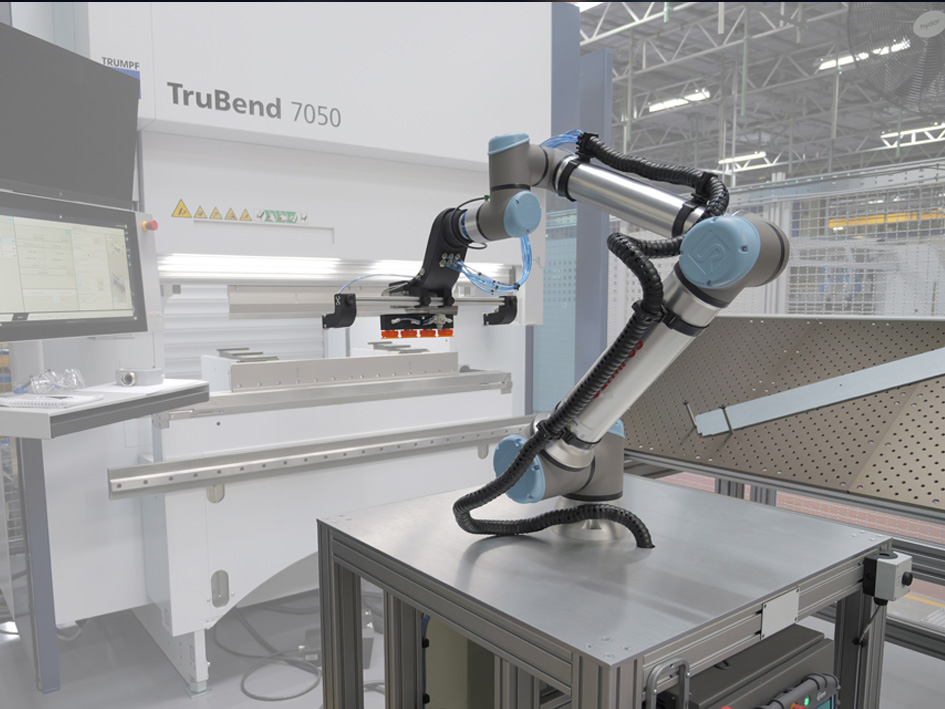Why Short-Run Production Needs a New Approach
I spend most weeks on factory floors, and I see the same pattern in short runs. Manual processes carry human error and slow changeovers, and higher labor costs stack up quickly. When production lines flex for variety, manual labour becomes the bottleneck, not the solution.
Consumer demand moves fast and market demands are unforgiving. Teams need operational efficiency without losing agility. That is the point at which automation delivers material value.
Robotic packaging systems are a game changer because they remove repetitive tasks and stabilise output without adding admin. You get automation benefits that show up as cost savings, fewer defects, and consistent performance. The aim is simple, keep the line moving and keep quality high.
Meeting Market Demands with Robotic Packaging Systems
We deploy automated systems, automated packaging, and packaging robots where they earn their keep. Modern robots and robotic systems handle complex tasks, then hand routine tasks back to your operators only when judgment is needed. The result is a cleaner split between human labour and an automation system that never gets tired.
Vision systems make decisions in real time. Artificial intelligence supports fine control, but only where it outperforms standard logic. This is how we maintain consistent quality while still meeting tough market demands.
Key Benefits of Robotic Case Packing
Improved Efficiency and Production Output
You buy robots to lift production output and overall productivity. We tune for steady production rates, reduced downtime, and clean changeovers that do not derail the day. When the data looks right, we scale the same settings to the next packaging line.
Seamless integration is not a slogan, it is an engineering task. We map upstream and downstream signals so the line behaves as one system. Done well, it improves operational efficiency without drama.
Cutting Labour Costs and Freeing Up Strategic Talent
Cutting labor costs is never about cutting people, it is about moving people to strategic tasks. The line handles repetitive tasks, operators handle decisions and exceptions. That is where labor savings appear first, then you see reduced costs in training and supervision.
We track labor cost, not just headcount. In plants with higher labor costs, immediate savings arrive faster. Over time, you also see cost reduction in scrap, rework, and overtime.
Enhanced Product Quality and Fewer Defects
Quality control is built into the cell. Vision systems verify counts, orientations, and labels, so error rates drop and fewer defects ship. Product quality rises, and customer satisfaction follows.
Because checks are automatic, operators can focus on customer engagement and line stability. You retain consistent quality at speed, even across short runs.
Manual vs. Robotic Case Packing: A Quick Comparison
| Feature | Manual Processes | Robotic Packaging Systems |
|---|---|---|
| Speed | Varies by worker | Consistent and high speed |
| Error Rate | Higher, human error | Minimal with ai driven robotics |
| Labour Needs | Multiple operators | 1 operator for oversight |
| Flexibility | Medium | High, programmable changeovers |
| Long-Term Costs | Rising with labour market | Lower after initial investment |
| Quality Control | Visual or manual | Vision systems with AI |
| Output Consistency | Inconsistent | Repeatable and precise |
The table tells the story. As volume and variety shift, automation keeps the baseline steady. That stability is what allows managers to make informed decisions.
Understanding the Investment: Upfront vs Long-Term
An upfront investment covers integration, tooling, and software, and the initial investment varies by scope. Initial costs often feel high on day one, but long term benefits show up in maintenance costs, inventory costs, and energy consumption. Energy efficiency improves as we right size motors and cycle times.
You also get reduced waste and less waste because packs are accurate the first time. Over a year, that drives cost savings and lower operational costs. This is how a targeted automation investment becomes self funding.
Calculating ROI: When Will You See Payback?
We design projects so the numbers work without heroics. Plan for a 12 to 24 month payback in typical short run settings, then improve from there with data. Automation roi improves further when changeovers are frequent and defects were previously hidden in manual labor.
Immediate savings usually come from labour and uptime. Over time, cost reduction grows through stable quality and smarter spares. That is how you build long term success without betting the plant.
Which Robots Work Best for Case Packing?
We use robotic arms for varied picks and layouts, then add robotic palletising at despatch to accelerate end of line. Where flow matters, autonomous mobile robots move finished cases to the right place without adding forklift traffic. Artificial intelligence supports adaptive picks, but only when the economics beat simpler logic.
Packaging robots are tools, not the strategy. We fit the tool to the job so you gain strategic advantages, not complexity. That is how you win a competitive edge you can keep.
Overcoming Integration Challenges
Integration challenges are real, so we face them first. We align signals with your business processes, protect intellectual property across vendors, and document interfaces for your maintenance team. This is how we keep seamless integration honest.
The payoff is predictable ramp up and fewer surprises. With the right tests in place, you make informed decisions quickly and keep the schedule tight.
Predictive Maintenance and Maximised Uptime
Predictive maintenance turns guesswork into planned work. Sensors flag drift before failure, so you plan a stop rather than suffer one. That alone delivers reduced downtime and flatter schedules.
Spare strategies and diagnostics control maintenance costs without overbuying. Over a year, this discipline protects production lines and improves overall productivity.
The Bigger Picture: Business Process Transformation
Automation is not about replacing people, it is about redesigning business processes so people do the work only people should do. Modern robots handle the dull and the heavy so your team can improve products and the supply chain. The result is market share that lasts because the basics stay strong.
If you want to stay competitive, fix the basics first, then scale. The right automation system makes growth less risky and more repeatable. That is the foundation of long term benefits.
Final Word: Why Now Is the Time to Invest
People keep saying "today's competitive manufacturing landscape", but I care more about your next shift and your next audit. If the numbers support it, automation belongs on your line. When the design is right, you get reduced costs, higher product quality, and a durable competitive edge.
FAQs
What if our board wants clarity on initial costs versus automation roi?
Show the full picture, including initial costs, immediate savings, and the run rate after changeover tuning. When we track labor savings, energy consumption, and maintenance costs together, the payback becomes hard to ignore.
How do packaging robots improve product quality on short runs with repetitive tasks?
They combine vision systems with stable motion so error rates fall and fewer errors slip through. That is why fewer defects reach customers and product quality stays high.
Can modern robots slot into existing production lines without disruption?
Yes, modern robots are built for seamless integration with legacy controls and fixtures. The work is in planning, which is why we stage upgrades to protect throughput and deliver reduced downtime.
Where do autonomous mobile robots and ai driven robotics help beyond the packaging line?
They connect the packaging line to storage and shipping so the supply chain flows cleanly. The data they generate improves informed decisions on staffing and spares, and it lifts overall productivity and long term benefits.














